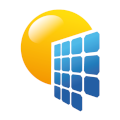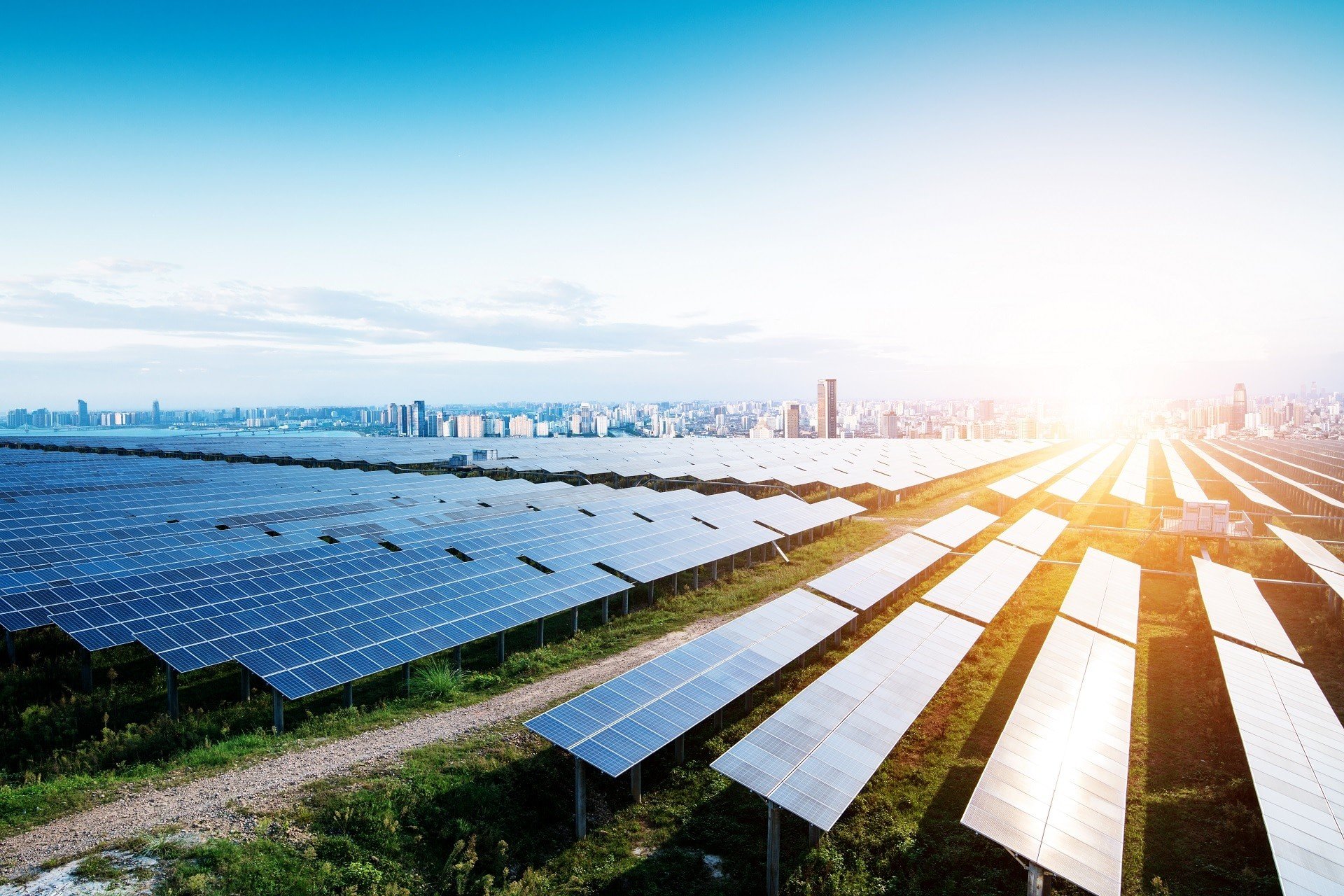-
Posts
142 -
Joined
-
Last visited
Everything posted by Sylvain Pepoli
-
Hello, Thank you for reporting this with the results of your own tests. PVsyst being compiled in 32 bits is becoming an issue since the shading tools have evolved, the limitation was previously coming from the computation time and now it's the memory usage. We are aware of this, though compiling PVsyst in 64 bits is not very easy.
-
Hello, Far horizon is used to calculate the positions of the sun at which it gets hidden and therefore the PV production is stopped. About your shading scene problems, can you please make sure that your display drivers are up-to-date ? Here's a how-to :
-
Hello, Well you should be able to import the terrain data from both formats, but you won't get the textures for now. You can always import a ground image (File -> Import -> Import a ground image) and place it in your scene but it will remain flat.
-
Hello, There are two features that may be useful in your case, they're located under the Tools menu, and they are called "Position tables on scene" and "Position and tilt tables on scene". They will both place your fields above the ground (or other shading objects), following the slope. The second one will tilt the fields to also match the ground slope. Is it what you are looking for ?
-
Hello, In the latest version of PVsyst (6.73) you should be able to set a negative misalign and get back to a positive pitch !
-

Near shading changes from v6.68 to v6.71
Sylvain Pepoli replied to chazzbray's topic in Problems / Bugs
Hello, We released version 6.72 quickly after 6.71 to fix these yield issues, please update to check that it's all back to normal. -
Hello, I can't see a way of simulating this, except maybe by making trees thinner. This would globally reduce their shading a little bit.
-
Hello, This is due to the fact that the bi-facial simulation using the 3D near shadings is not fully ready yet. This kind of objects will have to be used for it, when it's ready.
-
Hello, We'll allow document assembly in the generated PDF file, starting from PVsyst version 6.74. So you will be able to include the PVsyst report inside other PDF documents !
-
Hello, It is indeed quite odd that PVsyst is unable to generate the shadings picture for the report if it is able to display the scene in the edition dialog properly ... Can you test it on another computer ? (maybe one with a better graphics card, as you mentioned) If not, please export the project and send it to us at support@pvsyst.com, we'll try to check it on our side.
-
Hello, PVsyst adds half of the X spacing at both sides, which is why you get 2.33m, same for Y spacing. This has been a convention since the beginning, in order to consider the spacing around each module equally.
-
Hello all, PVsyst will allow negative N-S pitch for horizontal/tilted axis trackers in the next version.
-
Hello, Is this happening only when you click on "Apply" ? Or does the picture never appear correctly ? Can you please attach the picture you are trying to load so I can try on my side ?
-
Hello, No there is no need to set the exact altitude of the field, it is only useful if you model other shading objects like the building.
-
Hello, The units should be guessed from the DAE file automatically if it contains this info, else you can always select the correct unit in the dialog which pops up just after the import.
-
Thank you very much for your feedback, Actually Sketchup handles faces a different way and it allows reversed faces (just displaying them a little bit darker), when PVsyst struggles to display them correctly (this is due to the rendering engine).
-

Missing zones in shade scene in 6.68 from previous versions
Sylvain Pepoli replied to dtarin's topic in Problems / Bugs
Thank you for reporting this, we'll have a look at it as soon as possible ! -
Dear Jason, Could you please send us some sample files to support@pvsyst.com, like a DAE and SKP so we can have a look at it ? Thanks
-

Identifying multiple orientations in 6.68
Sylvain Pepoli replied to dtarin's topic in Problems / Bugs
Hello, Please have a look at the PVsyst help section called "Project design / Shadings / Near Shadings : Orientations". It gives a lot of help about defining orientations manually with the new tool. -
Hello, Displaying the shadings animation over one day on very big scenes can cause these kind of crashes, especially when you define modules strings. This is due to the fact that PVsyst remembers all shadows for each animation step, so you can use the scrollbar afterwards to set an hour without having to recompute it.
-
Hello, Thanks for reporting this, we'll fix it in the next version.
-
The Module Layout is a planar view of the scene tables, and sometimes it can be looking very different from the 3D representation. This is also why the automatic filling may have some issues. We know some users get confused and we plan to improve the whole tool to ease understanding and configuration.
-
Hello, Thank you for the edit giving the solution to your issue. Did you try to directly use the "Print to PDF" button from the report ?
-
Hello Jose, This is due to Sketchup defining some faces "backwards", i.e they are oriented to the inside of the object. Sketchup doesn't really care about it, it will just draw the faces a bit darker, but in PVsyst this is important. Also you can do it on the Sketchup side ... What you can try to do is edit the imported object and click on the "Invert normals" button on the toolbar. You mention that it's only happening for the last two versions, which is odd as nothing was changed on this part.


